How to Catch Spawning Bass
Few things are as frustrating or rewarding as targeting bass on spawning beds. I experienced both recently at a tournament on Lake Maxinkuckee in Culver, Indiana. So today I’m sharing some of my tips on how to catch spawning bass.
How to Catch Spawning Bass
At 10 in the morning, I located a 2.5-pound bass on a bed that would be a big cull for this lake. Considering the bite on this day, I knew this fish would make me competitive.
After 45 minutes of pursuit, it bit two times, one time even ripping the tail off my bait, but never hooked up. Therefore, I left it behind feeling demoralized and frustrated. However, at 2 in the afternoon, I returned, and on my third cast, the bass pummeled it. I then landed five keeper sized bass off their beds in the last hour within casting distance of this fish. These fish catapulted me to fourth place and my spirit was renewed. So what’s the trick? There are three main things you can do to better your odds at catching a bass on its bed.

How to catch spawning bass: Baits
Bedding fish can be like this. Making constant casts to a fish only to watch it ignore your offerings can drive an angler insane. Yet, to see the fish inhale your bait creates a rush unparalleled to anything else in fishing. Successful bed anglers know the nuances to coaxing these fish into biting, and they all come down to one trait: presentation.
When you’re thinking of how to catch spawning bass, remember why a bass is on its bed; to protect its eggs from predators. They are not there to eat, so when choosing baits, choose what looks the most offensive. I tend to toss a slew of baits with different actions and let the fish’s reaction determine which to throw. This often changes from one fish to the next. After catching the first three fish on Lake Maxinkuckee with a tube, the fourth fish I encountered wanted nothing to do with it. As long as that bait was on the bottom, he was not interested. However, when I switched to a drop shot rig, he got aggressive. After three casts, he was in the boat. One of the best ways to catch spawning bass is to bring a wide variety of baits.
How to catch spawning bass: Casting
If a fish leaves the nest upon your arrival, it is unlikely to bite. However if the fish stays put or returns after a brief moment, it can be caught. At that point, it is just a matter of time. Admittedly, that time could be two minutes, or it could be two hours. Some anglers soak their baits on the nest hoping the fish will come to it. I do not have the patience for this. My philosophy is to upset the fish into biting, so I actually aim each cast at its face. This is a guaranteed way to get its attention and one of my favorite tricks of how to catch spawning bass. If after a handful of casts the bass completely ignores the bait, I switch. Usually I begin with a tube, and my next option is bait with a tail such as a crawfish imitator or a drop shot with a finesse worm. If changing baits does not trigger a reaction, change colors. Begin with natural colors and then switch to white or pink. Again, a wide variety of baits is crucial. Just keep casting until you get a reaction.

DCIM100GOPROG0010162.JPG
How to catch spawning bass: Boat positioning
Boat positioning is critical when trying to catch a bass on its bed. An anchoring system will make a tremendous difference in your effectiveness when bed fishing. The slightest breeze can glide your boat right over the nest, and the slightest use of the trolling motor can send dirt onto the bed. It is nearly impossible to catch a fish if either of these two mishaps takes place. Ideally, you want to position the boat close enough to see the fish and how it reacts to your bait, yet far enough away that you do not scare the fish into leaving.
How to catch spawning bass: Timing
As was the case on Lake Maxinkuckee, timing is important. The fish likely did not bite in the morning because it was fresh on its bed and wary. It is common for a fish to nip at the bait at this time as it did for me. By afternoon, he was more secure of its surroundings and more aggressive to protect the nest.
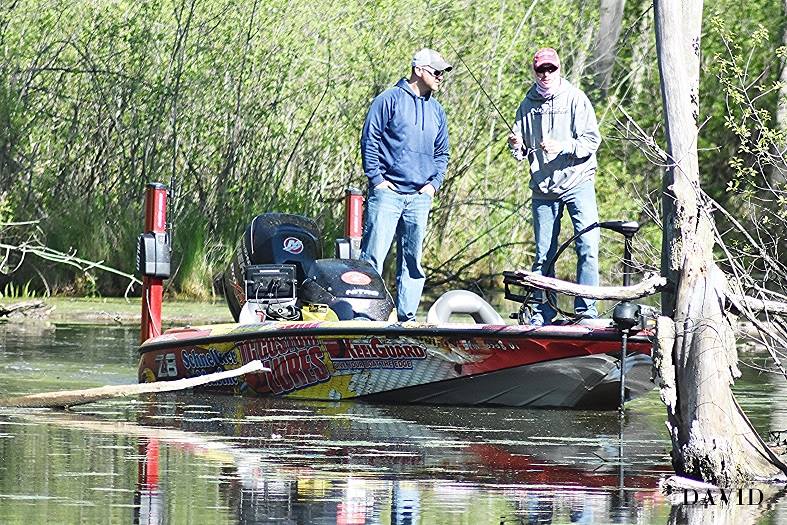
Keep in mind when you’re trying to catch spawning bass that bedding fish are typically in shallow water. Because of this it’s important to protect your boat with Megaware’s protective boat products. You can find their keel guards, skeg guards and more online and at major retailers across the country.
And finally, when encountering bedding fish this spring, stay patient, be diverse, and get ready for the ultimate rush.

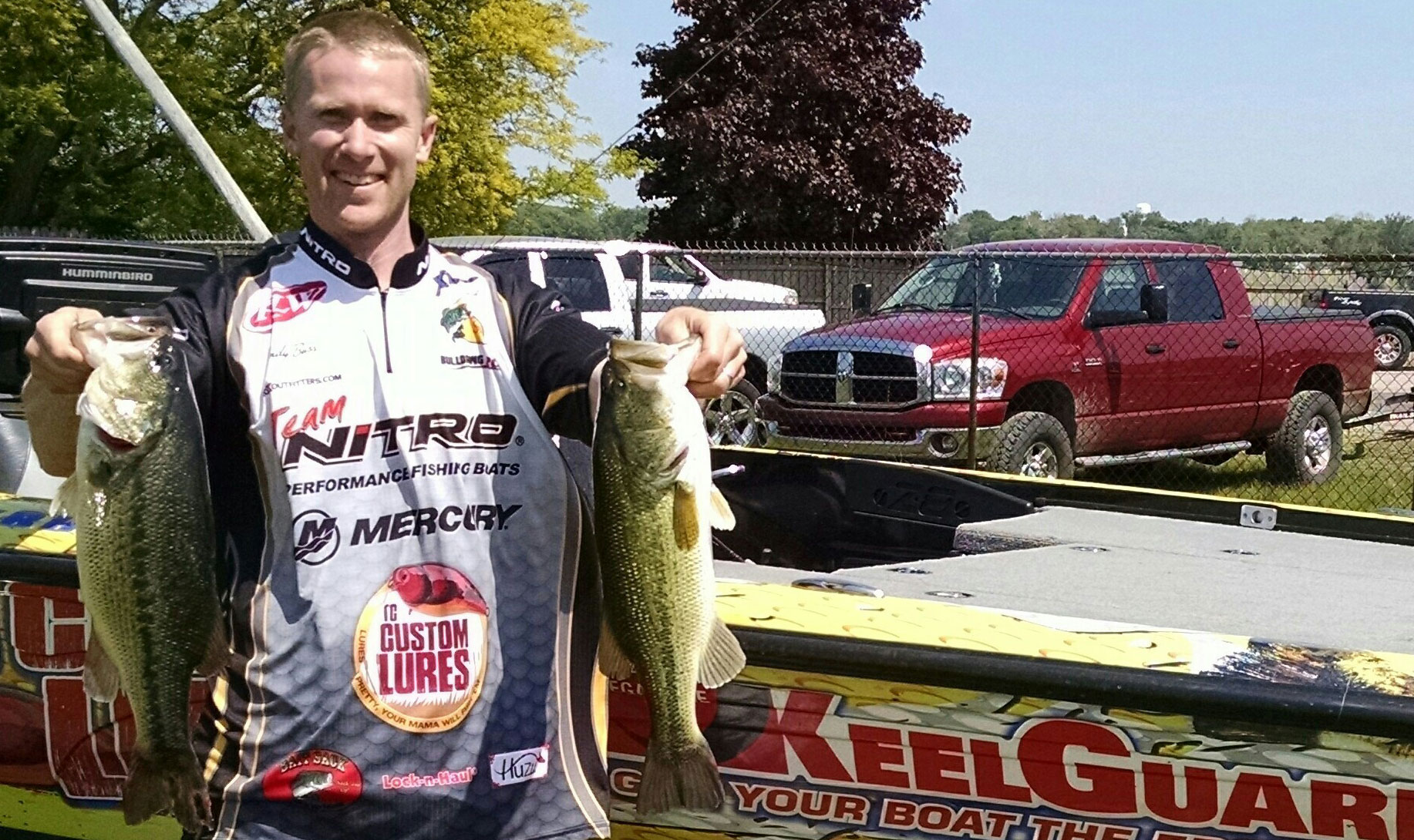
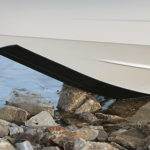

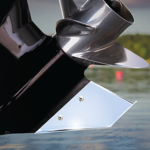

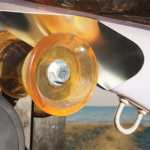
Comments